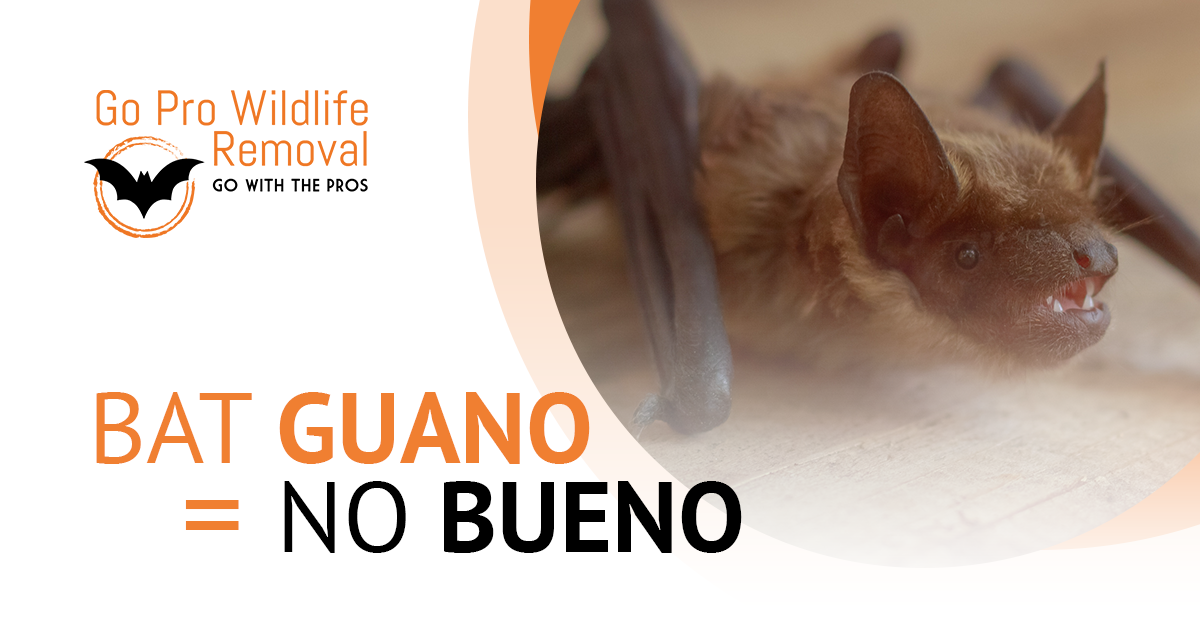by TRINDGROUP
Share

Bat Guano = No Bueno
Home ownership has its highs and lows, and finding the right service partners to assist homeowners in caring for their homes can make unforeseen issues much easier to solve. One area that is often overlooked is protecting your home from wildlife seeking shelter. Although not an uncommon problem, it is an issue that cannot be ignored but is often never considered by homeowners.
Bats are among the top five animals that seek shelter in homes. With 16 bat species common to Alabama and Georgia, they are most commonly found in attics, walls, basements and chimneys. Bats carry mites, fleas and other insects, but a more serious problem is their droppings (guano), which can accumulate quickly. Guano contaminates insulation and other materials and can spread fungal spores that can cause respiratory issues for those living in the home.
The term guano originated with the Inca language and can loosely be translated to the description of bird droppings. Today, guano is universally used to describe droppings of sea birds, bats and coast-dwelling seals.
Why Is Bat Guano Bad?
Bat guano is not something you unknowingly want in your home or attic.
When disturbed, bat guano can contaminate the air and cause infectious spores to be released. These fungal spores are called Histoplasma and can lead to a lung infection known as Histoplasmosis. Histoplasmosis is not contagious and is only contracted by inhaling the fungal spores. Inhaling these spores is commonly caused through ventilation systems inside the home.
These infectious spores can also be released during the cleanup of bat guano in your home, making it essential to call an expert who can remedy the situation without putting your family at risk.
Aside from the health risks, bat urine and feces can damage your attic's insulation and attract ticks, mites and parasites. If bat guano and urine accumulate in attics and wall spaces, it can reduce the effectiveness of your insulation and generate an unpleasant odor.
How Do I Know If Bats Are In My Home?
Not sure if your home has been hosting bats? Look for these three common signs to determine if you have a bats living in your home:
- Droppings: Homeowners notice droppings inside and outside of the home. Bats will enter and exit from the same points, which are typically cracks and open areas in the roofline and attic, and squeeze to enter these areas. Here is you will find droppings (guano).
- Brown Oily Areas Near Entry Points: Bats are covered in an oily substance that can be transferred to points of entry along the roofline, attic vents and other small openings to your home. As a bat enters, the oily residue from their bodies is transferred to the material and can be visible from a walking inspection.
- Sound or Visual Confirmation: Finally, homeowners report seeing what they believe to be small things entering or leaving their home. The best time to observe this is during the evening hours. Others have reported hearing noises that warrant inspection.
If you suspect there is bat activity in your home, don't risk your health. Bat colonies can rapidly grow from 25 up to 200 bats, leaving zero time to waste. Call Go Pro Wildlife Removal today for a free inspection.
Bonus Fun Fact: Bat guano is not all bad, just not inside your home. Bat guano is highly valued by farmers and agriculturalists because of its beneficial properties. Using bat guano as a fertilizer offers many benefits including enriching the soil, improving drainage and texture, controlling nematodes in the soil and speeding up the decomposition process. Bats are an important part of the ecosystem, and inexperienced interaction is discouraged.
Bat Exclusion Services for Six-Story Building in Capitol Heights, Montgomery, Alabama
In a six-story housing complex located in the Capitol Heights area of Montgomery, AL, a resident discovered a bat in the lobby. After contacting Go Pro Wildlife Removal for assistance, the team uncovered a colony of bats living between the building’s exterior and interior walls. Go Pro Wildlife Removal successfully removed the bats harmlessly from the structure, without causing disruptions to the building’s residents. Read our case study to learn more about Go Pro Wildlife’s expertise in exclusions.
Contact Info
Contact Go Pro today! We offer wildlife removal solutions in Auburn, Opelika, Lake Martin, Valley, Montgomery, AL and Columbus, GA areas.
Phone: (334) 744-0391
Hours: Open 9:00 am – 5:00 pm







